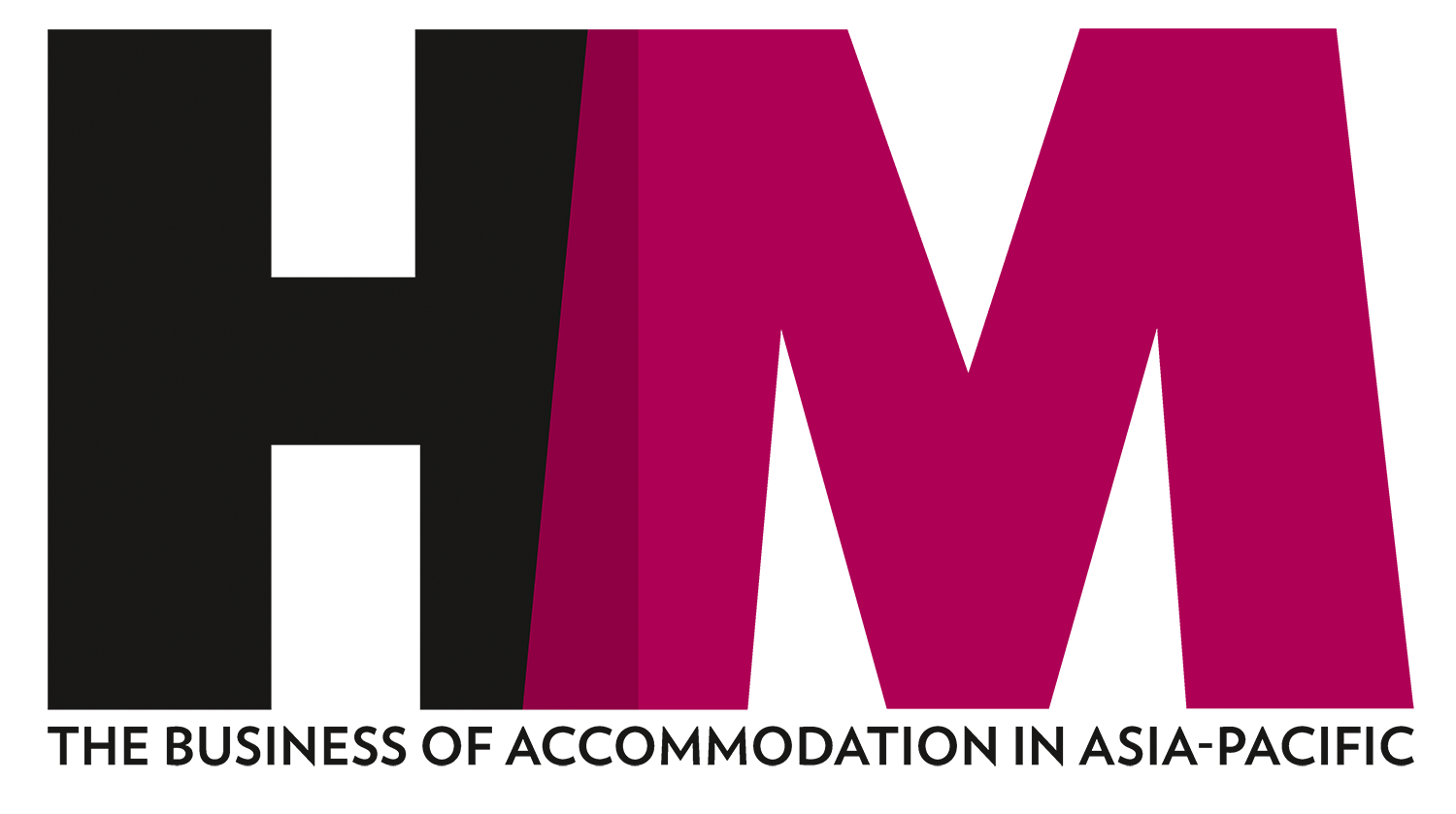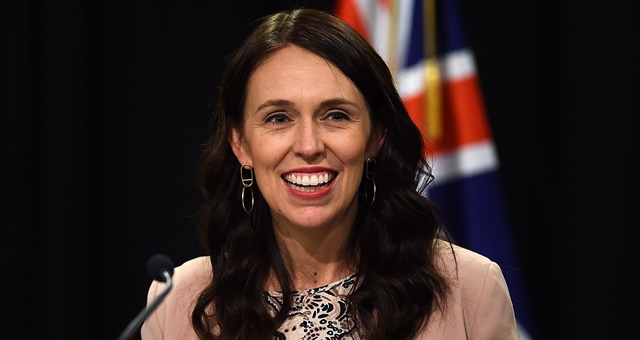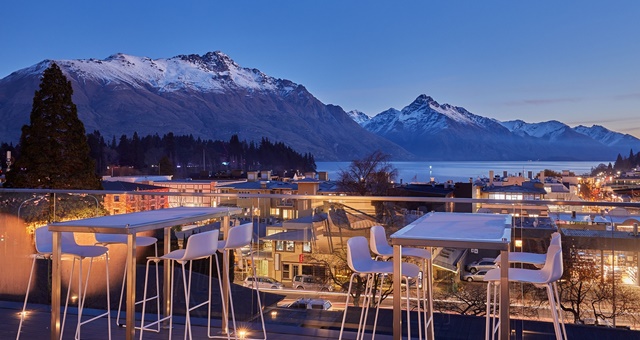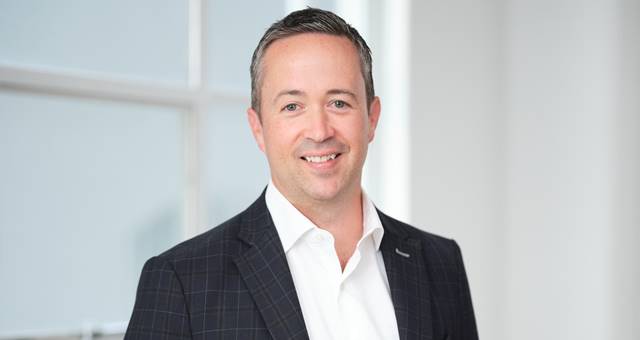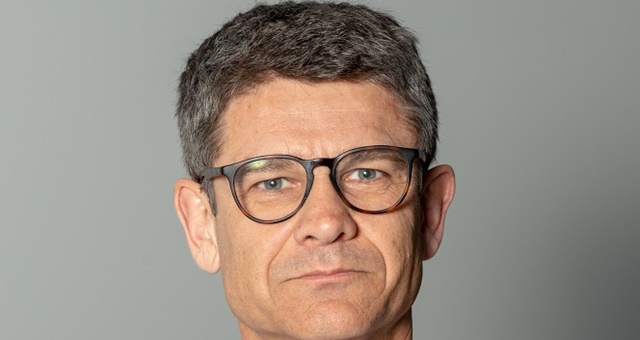New Zealand has outlined a three-pronged plan to resume quarantine free travel between Australia and both short and long-haul destinations, with a traffic light style system similar to other countries to be introduced.
Speaking at the ‘Reconnecting New Zealanders to the World Forum’ in Wellington, New Zealand Prime Minister Jacinda Ardern said the plan would aim to accelerate the country’s economic recovery, reduce the risk of lockdowns and allow for a phased reopening of borders in 2022.
Key elements of the plan include vaccinating as many New Zealanders as possible, with all eligible ages able to book an appointment by 1 September and a six-week gap between doses. A self-isolation pilot program will be tested this year in conjunction with the set-up of new testing and vaccine verification systems at border entry points.
From next year, new individual risk-based border settings will be introduced, creating low, medium and high-risk pathways for travellers around the world to enter New Zealand, with levels based on the passenger’s country of origin and their vaccination status.
Low-risk status will allow quarantine-free entry for vaccinated travellers, while those with a medium-risk designation will be required to isolate for a predetermined period or undergo a reduced stay in quarantine. A full high-risk status will be reserved for unvaccinated travellers and all arrivals from high-risk countries, with all needing to undertake a full 14-day isolation stay prior to entering the country.
Businesses that need to send New Zealand nationals overseas for work will be invited to sign up to participate in the pilot program, which will run from October to December 2021. Travellers approved under the program will be able to make short trips overseas before quarantining at home on return.
Prime Minister Ardern said if New Zealand opened its borders now, the country would lose its freedoms and the advantages it has worked for so far under its elimination strategy.
“The plan announced today is informed by the best available scientific evidence and public health advice,” the Prime Minister said.
“It will allow us to capture the opportunities vaccination brings, while protecting the gains New Zealanders have worked so hard for.
“This individual risk-based approach requires new systems to be set up. We will use the remainder of 2021 to continue to prepare for the operation of borders under this system.”
Hotel Council Aotearoa Strategic Director, James Doolan, said the Prime Minister’s announcement reaffirmed what the association has been saying for months in that there will be no quick return to pre-COVID conditions for tourism in New Zealand.
“With today’s confirmation of continuing border restrictions into 2022 and beyond, the hotel sector calls for genuine engagement with government on significant ongoing issues facing our sector,” Doolan said.
“These issues include the ongoing lost revenues with borders closed, worker burnout, major labour shortages and local authorities unfairly targeting the hotel sector and international travellers with new taxes and targeted rates.
“Hotel Council Aotearoa represents more than NZD$6 billion of New Zealand’s critical tourism infrastructure, employing thousands of hardworking Kiwis. We are ready and willing to work productively with Government on solving these problems for the benefit of all New Zealanders,” he said.
Tourism Industry Aotearoa (TIA) said it welcomed the increased clarity on how New Zealand will reconnect with the world.
“It’s important to have a roadmap so all businesses, including tourism operators, can plan ahead and make informed decisions,” said TIA Chief Executive, Chris Roberts.
The plan was announced following the publication and tabling to government this week of Sir David Skegg’s Strategic COVID-19 Public Health Advisory Group’s advice.
